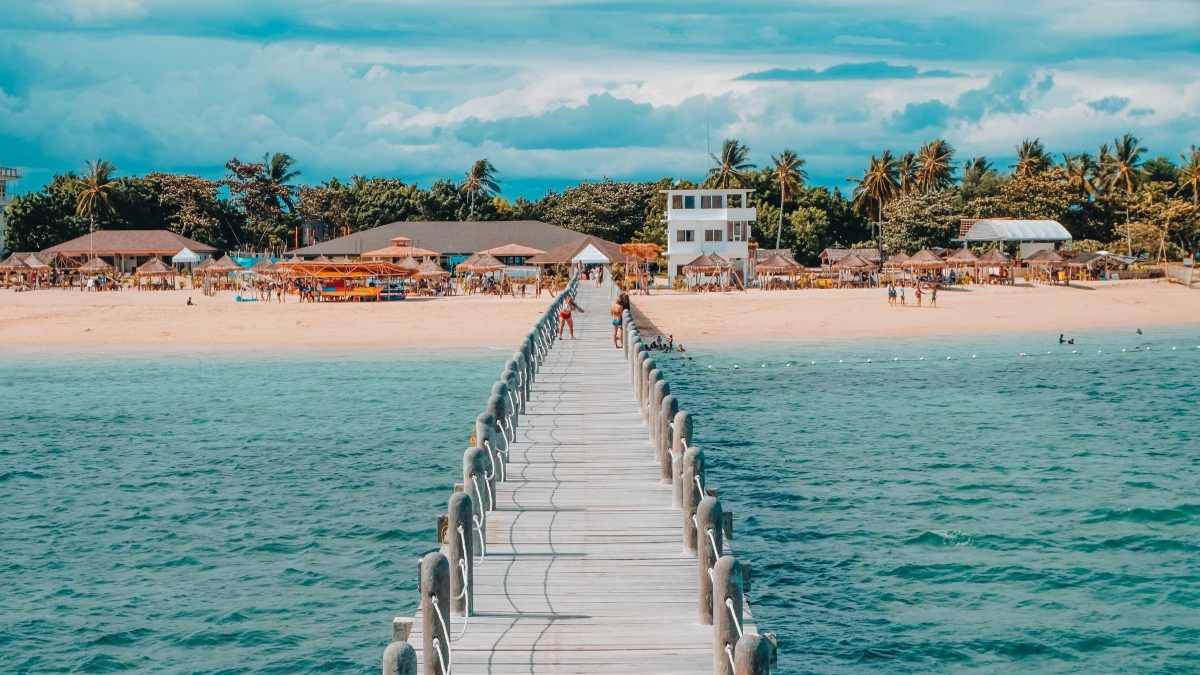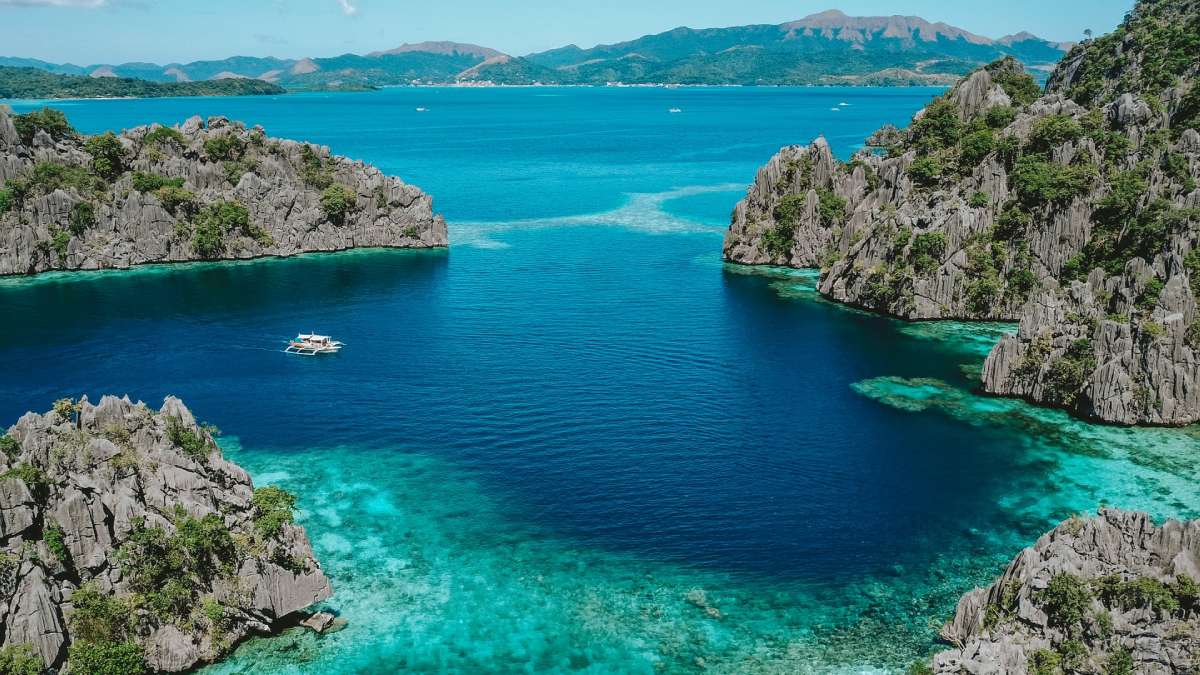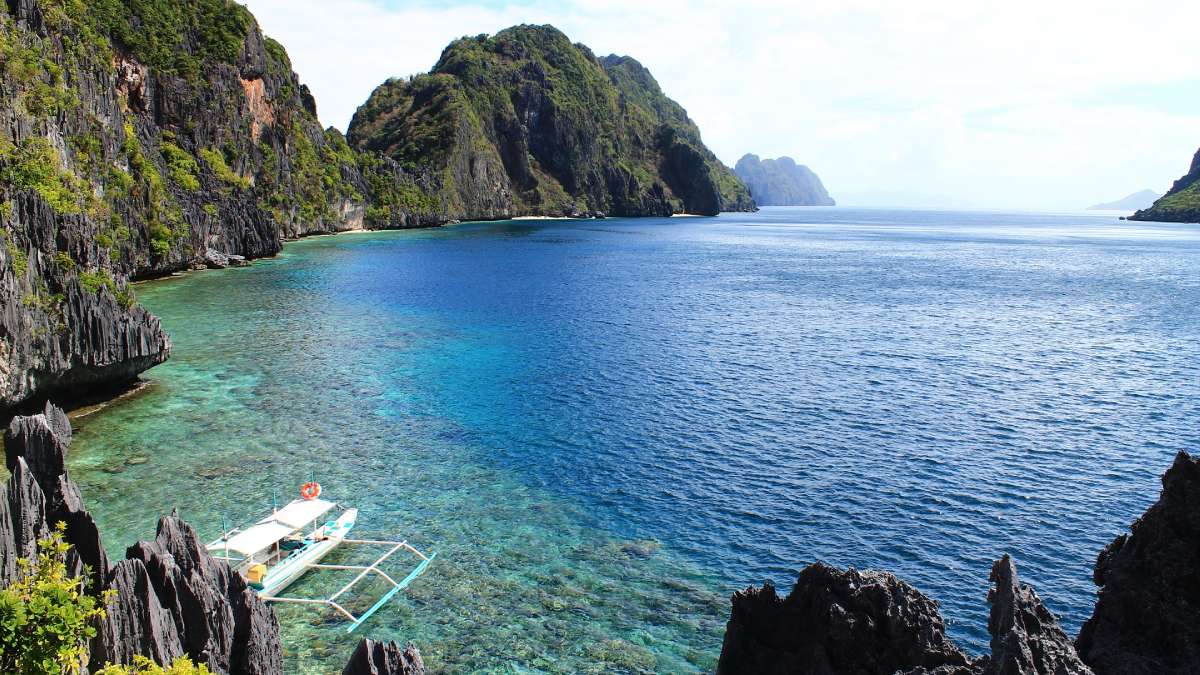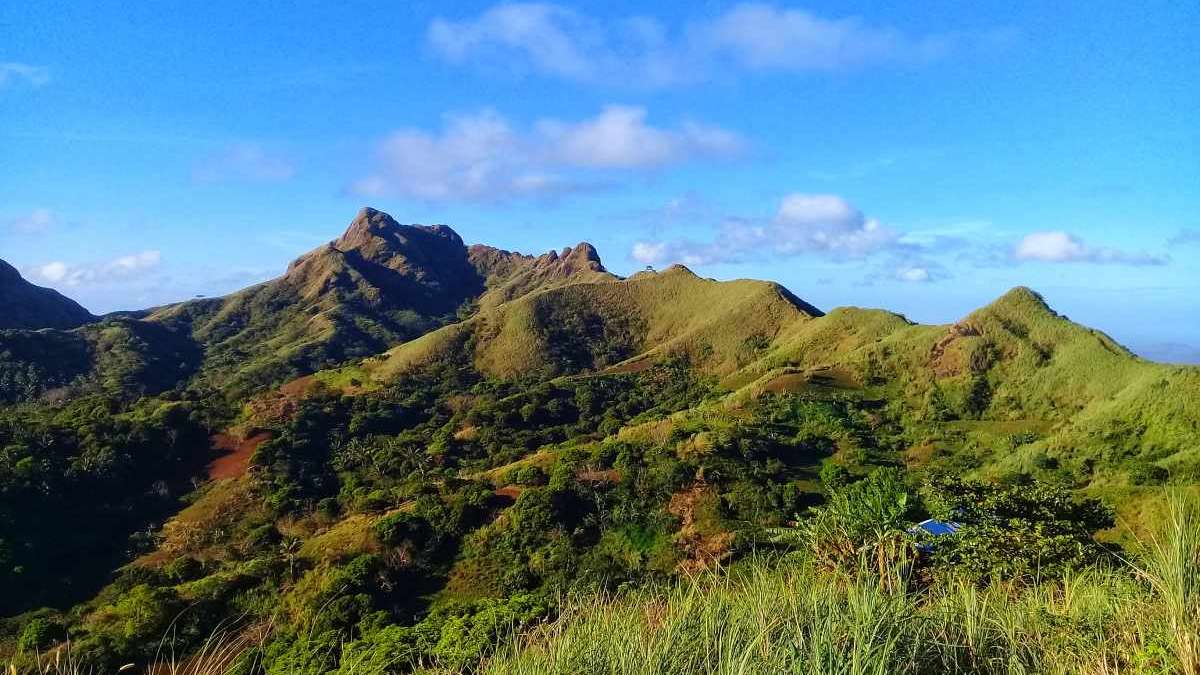PHILIPPINES TRAVEL GUIDE
Everything you need to know before traveling to the Philippines for the first time.
Make the most of your trip with our expert Philippines travel tips, ideas and recommendations
Philippines Travel Guide
Visiting the Philippines – Tips for traveling to the Philippines for the first time in 2021
With stunning scenery, amazing beaches and the chance for some adventure, the Philippines is a growing destination for travellers in South East Asia and many are visiting the Philippines for the first time.
English is widely spoken and the cost of travelling is particularly cheap, making this an excellent destination choice for those looking to get off the well-trodden South East Asian route on the mainland.
Our Philippines travel guide will set out our top Philippines travel tips to ensure you get the most out of your experience on this beautiful archipelago.
In this Philippines travel guide:
- Philippines – Country facts
- Visiting the Philippines – Visas and money
- Philippines travel tips – When to go?
- Philippines travel guide – Where to go?
- Visiting the Philippines – What to pack?
- Philippines travel tips – How to get there and around
- Philippines travel guide – What to do on the water
- Philippines travel tips – What to do on land
- Visiting the Philippines – Staying safe
- Where are the Philippines?
The Philippines is an island country located in Southeast Asia in the Western Pacific Ocean. It is made of more than 7,000 islands with the South China Sea on the West and the Philippine Sea to the East and the Celebes Sea on the Southwest. Situated on the Pacific Ring of Fire and close to the equator, those visiting the Philippines should be aware that it is prone to natural disasters such as typhoons and earthquakes. - What is the size of the Philippines?
The size of the Philippines is around 300,000 km2 (or 120,000 sq mi). It is the 72nd largest country per land area. - How many people live in the Philippines?
An estimate for 2020 puts the population of the Philippines at around 109 million making it the 13th most populated country in the world. - What is the capital of the Philippines?
The capital of the Philippines is the highly urbanized and densely populated city of Manila. Manila counts more than 12 million inhabitants in its metro area alone. - What language is spoken in the Philippines?
The Philippines has 2 official languages, English and Filipino, a standardized version of Tagalog spoken mainly in Manila. However, there are more than 180 living languages in the Philippines. - What is the main religion in the Philippines?
Filipino people are highly religious with over 92% of them being Christians. Many of them regularly attend mass (more than 35%) and 29% of them consider themselves very religious. Islam is the second biggest religion in the Philippines with 6% identifying themselves as Muslims. - What is the currency of the Philippines?
The currency used in the Philippines is the Philippine Peso (₱ – PHP). - What plugs are used in the Philippines?
There are 3 types of plugs commonly used in the Philippines, type A, type B and type C. Philippines operates on a 220V supply voltage and 60Hz. - What is the country code of the Philippines?
The country code for calling the Philippines is the prefix +63, website domains from Philippines usually end with .com.ph.
Visiting the Philippines – Visas and money
It is always imperative to check the visa requirements needed to enter a country well before you travel. Luckily for those visiting the Philippines there is visa-free access for many nationalities (including UK and US passport holders) for 30 days. Make sure your passport has at least 6 months’ validity and you have proof of onward travel.
For longer stays you will need to check the requirements on the Philippines government website. Always check the current visa requirements before you travel as these may change.
The Filipino currency is the Philippines Peso (PHP). The current exchange rate is 49 pesos to 1 US dollar. It is possible to change some currencies (including euros, US dollars and British pounds) to Philippine pesos at the airport.
You can take up to PHP50,000 in cash into the Philippines without any authorisation. It is possible to find ATMs that accept foreign debit and credit cards and shops in major urban areas will normally accept international cards. If you are venturing outside the big cities, you should take enough cash to last you for the duration of your stay.
In terms of affordability, the Philippines is among the best travel destinations in the world. Food and accommodation are cheap. You could even camp in a tent on many beaches for no cost at all if your budget is particularly tight.
Philippines travel tips – When to go
If you are traveling to the Philippines for the first time, one of the most vital things to know is that the weather can make a huge difference to the outcome of your trip.
Island hopping can be a lot less fun, or even cancelled if it is interrupted by heavy rains. As a sprawling archipelagic nation, the whole country does not experience the same weather simultaneously.
In fact, the Philippines has four climate zones distinct from each other. The peak wet season in Manila is from July to September but other parts of the country are usually dry in these months. Typhoons can cause chaos across the country. Whilst the typhoon season is around June to December, these huge tropical storms also happen outside of this.

One of our absolute top Philippines travel tips is to do your research on the weather and be prepared to be flexible. Even if you have planned meticulously to arrive outside the typhoon season, an unseasonable storm could mean that your boat to the next island is cancelled. Be prepared to reroute and alter your plans if the unexpected happens.
See our article ‘The best time to visit the Philippines’ for everything you need to know to help you make your decision.
Philippines travel guide – Where to go

With thousands of stunning islands and beautiful beaches, it is hard to narrow down the best places when you are travelling to the Philippines for the first time.
Read our article ‘The most beautiful places in the Philippines’ to help you create your perfect itinerary.
This is a tropical country that is mostly hot and humid so packing lightweight clothes is recommended if you are visiting the Philippines.
Layers are helpful if you are hiking in some higher altitudes or are about in the cooler early mornings or evenings. Bring a lightweight poncho or waterproof for the downpours, particularly during the rainy season.
A waterproof dry bag is also a great addition to your packing list as you are likely to be spending a considerable amount of time at the beach or doing water based-activities.
Bring mosquito repellent. Though the Philippines is low risk for malaria, other mosquito borne diseases like dengue fever are present. Sunscreen is necessary to protect from those dazzling rays. Choose a reef safe option to ensure you do minimal damage to marine environments while undertaking any activities in the water.
See our article on the ‘best reef-safe sunscreens’ to help you decide on the best for you.
Philippines travel tips – How to get there and around
Travellers visiting the Philippines can fly from many international destinations into the two main regional hub airports in Cebu and Manilla.
As an archipelago, getting around is not as simple as in some other South Eastern Asian destinations where you can easily hop on a bus or a train. Fortunately, getting from island to island is still relatively easy.
There are three main low-cost airlines (Cebu Pacific, PAL Express and Air Asia Philippines) that serve smaller airports across the nation. It is also possible to travel by boat. From Manila’s Eva Macapagal Super Terminal, visitors can use RORO ferries to access most large seaside cities.
In bigger towns and cities, motorised tricycles, taxis and buses are readily available. Decorated jeepneys can also take you around cities or the island you have chosen to stay whilst inter-provincial buses allow you to travel the longer distances on the islands.
In general, getting around the Philippines is relatively cheap. 120go.asia is a good website to visit to view timetables and book tickets. Using this site is one of our top Philippines travel tips.
Philippines travel guide – What to do on the water
As a nation of thousands of islands, it is unsurprising that many activities for those visiting the Philippines are water-based.
If stunning scenery is what you are after, find out more in our article ‘The most beautiful places in the Philippines’.

In addition to soaking up some rays at the beautiful beaches of Boracay and El Nido, you can also try whitewater rafting in Davao, kayaking in El Nido, Palawan or stand-up paddling in Loboc River in Bohol. With so many islands to choose from, island-hopping is a regular activity, but be sure to allow yourself time to explore each island fully to understand its individual charm.
For those looking to scuba dive, the Philippines has thousands of dive sites to choose from. These can mostly be found in the Luzon and Visaya regions. See the PADI website for full information on the best diving locations.
For those that prefer to stay nearer the surface, 100 islands Alaminos, Luzon and Apo island, near Dumaguete are highly recommended as untouched snorkeling spots.
Philippines travel guide – What to do on land
When visiting the Philippines, however, not all of your excitement needs to come from the water. There are also some incredible hikes to tackle which also happen to offer some of the best views.

Mount Batulao is one of the most popular and accessible hikes in the Batangas and has beautiful summit views. Taal Volcano, with its Crater Lake, a clear pool of water in the crater of the world’s smallest active volcano makes for one of the most beautiful hikes in the country.
If you are after something more thrilling, you can also try canyoneering over waterfalls in Cebu.
Whilst there have been instances of violence in some remote provinces, it very rarely affects tourists. The military is a constant force in the Philippines and travellers should keep clear of any military areas.
The whole of the far-south should be considered off limits due to the threat from terrorist groups.
This being said, if you stick to popular tourist destinations and follow up-to-date travel advice from your government, anyone visiting the Philippines will almost certainly have a safe amazing trip.
Use our Philippines travel guide and Philippines travel tips to ensure you get the most from this amazing destination.
